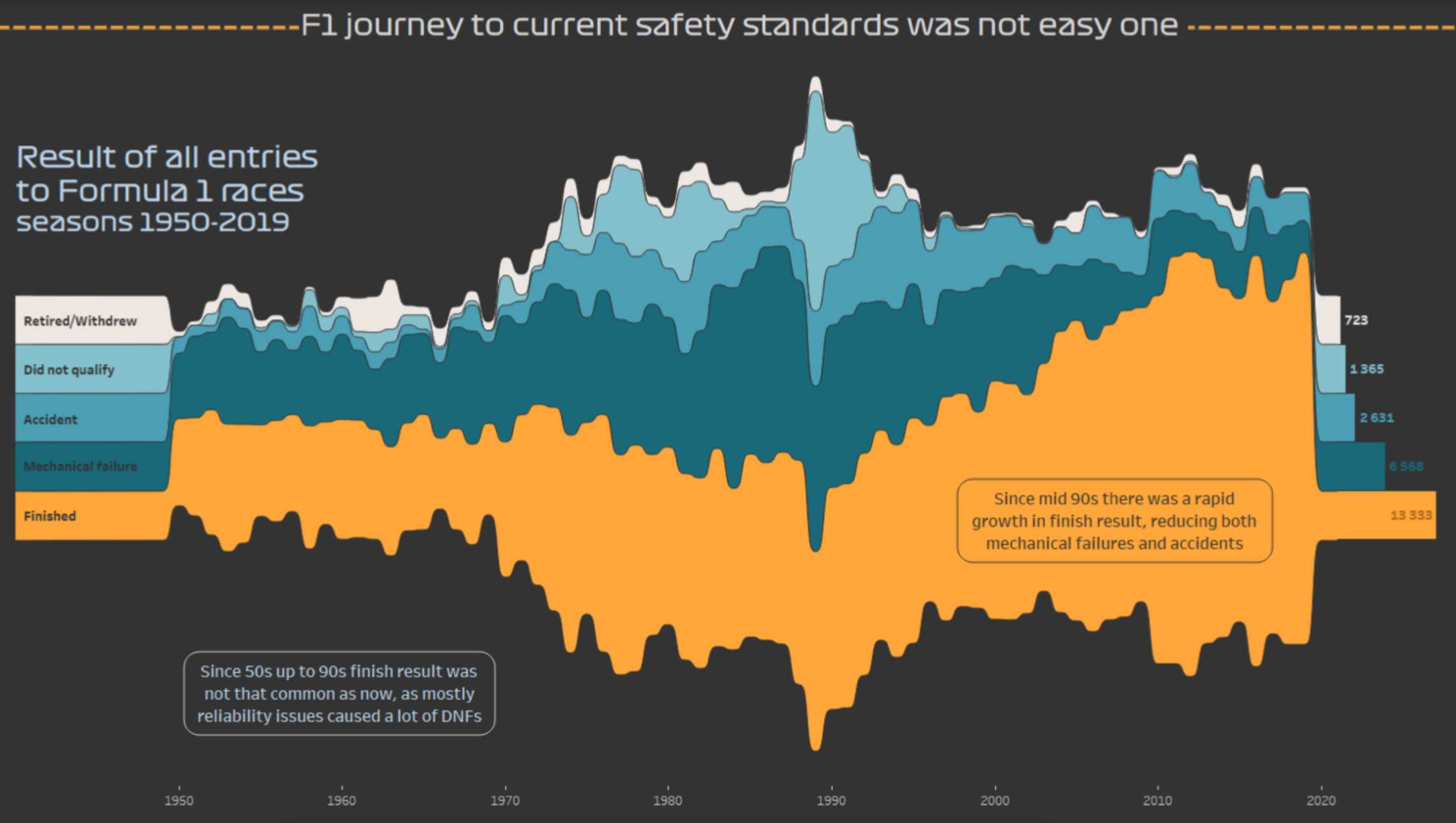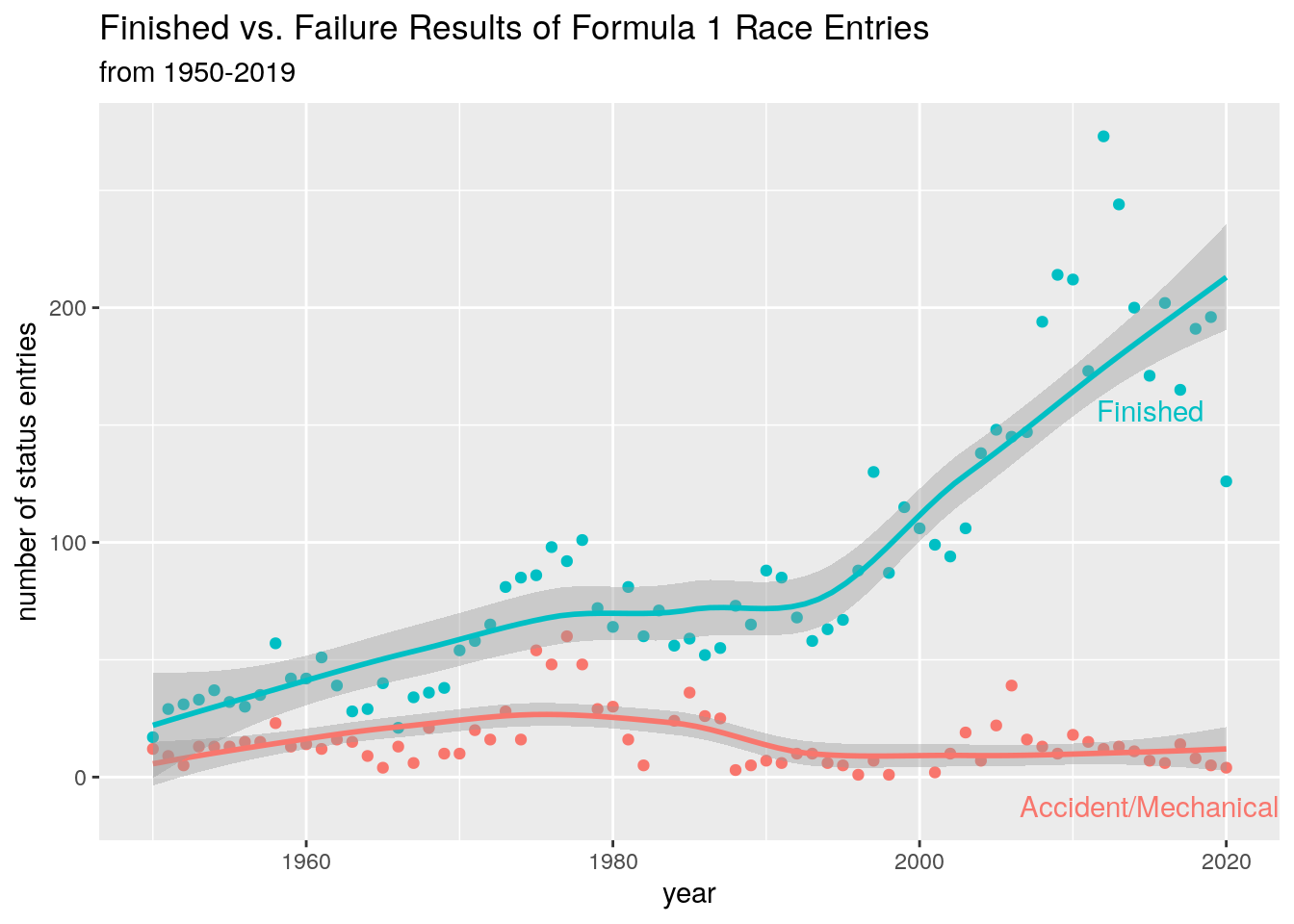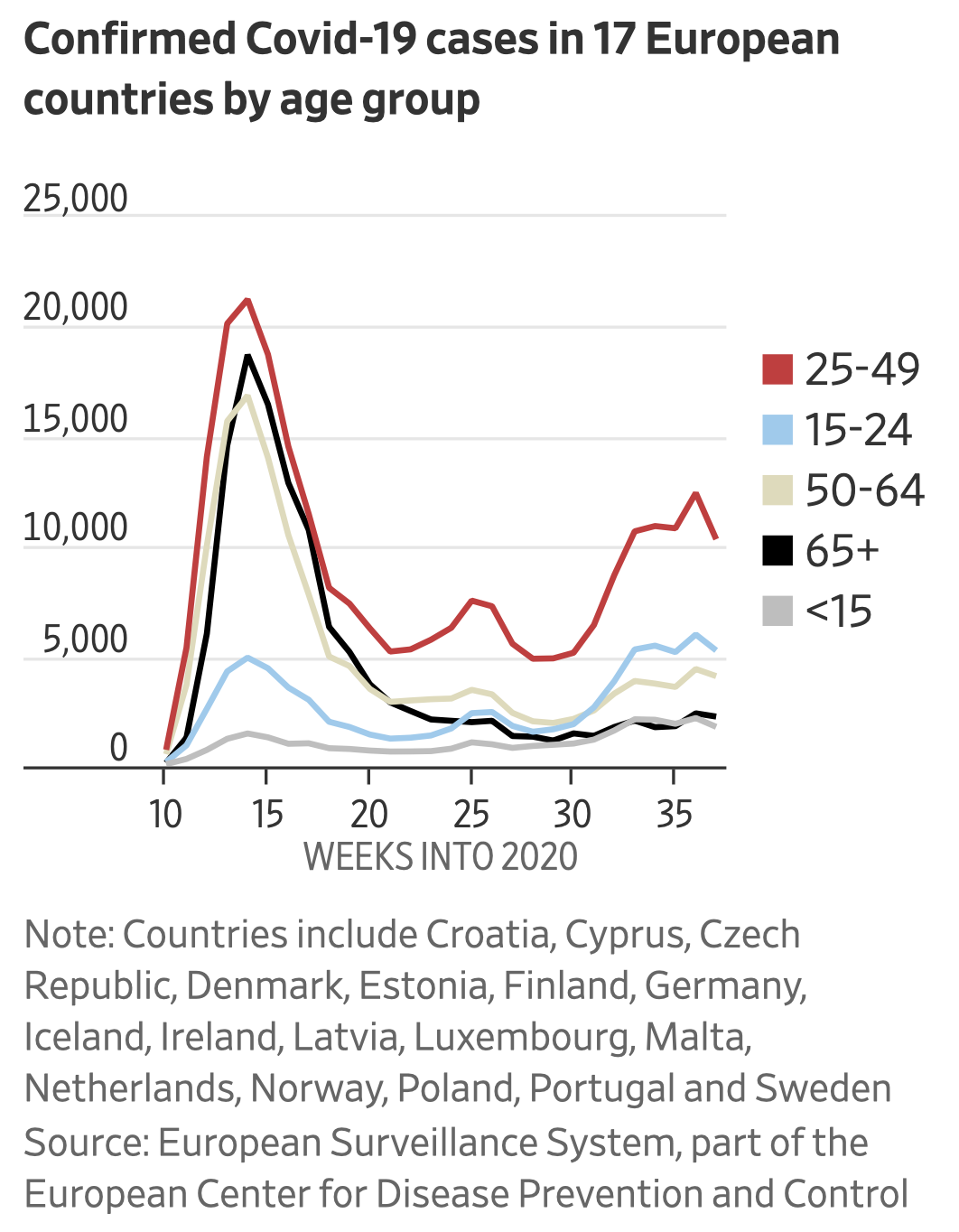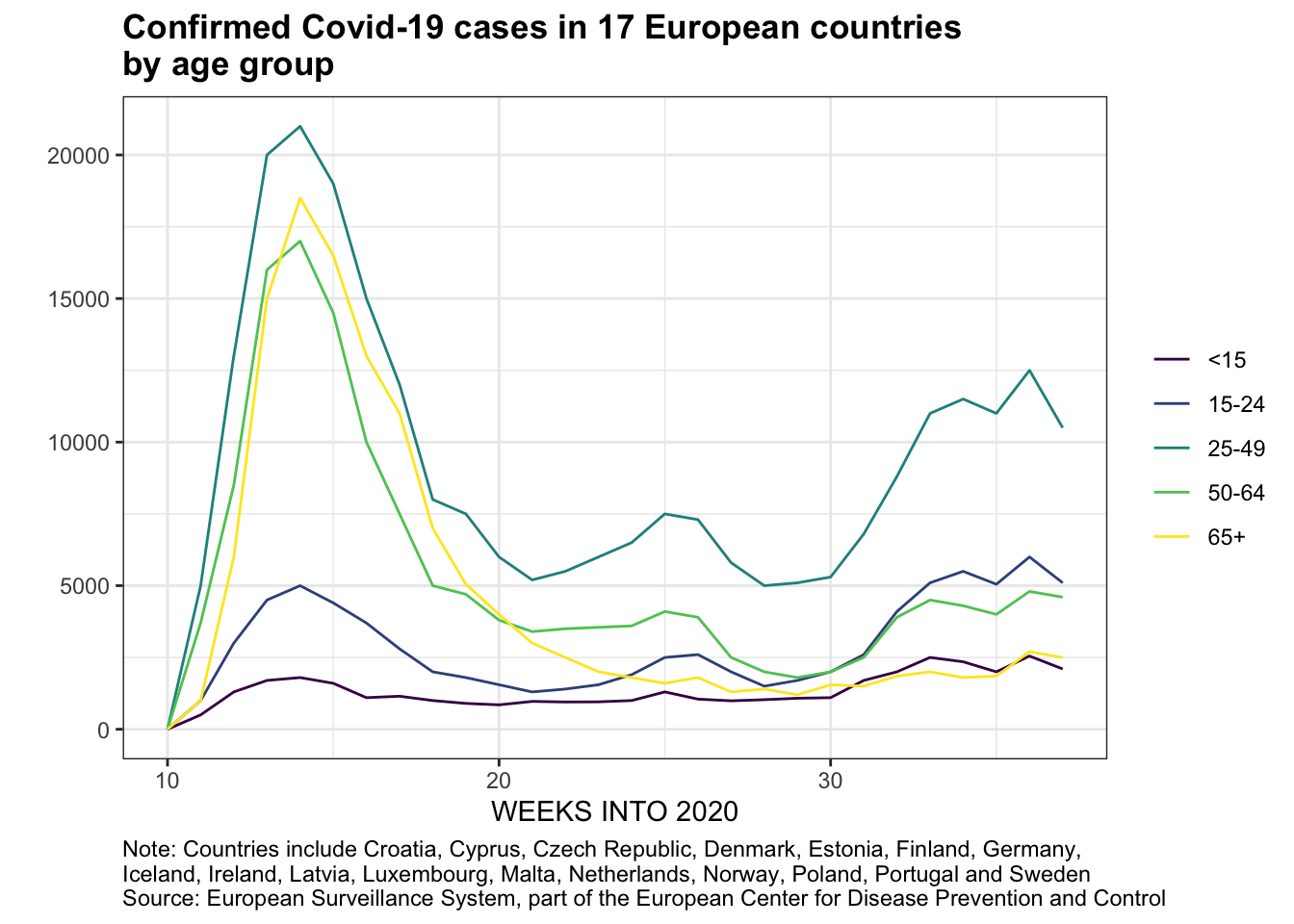| country | year | issue | percent_yes | |
|---|---|---|---|---|
| 0 | Turkey | 1946 | Colonialism | 0.800000 |
| 1 | Turkey | 1946 | Economic development | 0.600000 |
| 2 | Turkey | 1946 | Human rights | 0.000000 |
| 3 | Turkey | 1947 | Colonialism | 0.222222 |
| 4 | Turkey | 1947 | Economic development | 0.500000 |
| ... | ... | ... | ... | ... |
| 1207 | US | 2019 | Arms control and disarmament | 0.187500 |
| 1208 | US | 2019 | Economic development | 0.187500 |
| 1209 | US | 2019 | Human rights | 0.357143 |
| 1210 | US | 2019 | Palestinian conflict | 0.000000 |
| 1211 | US | 2019 | Nuclear weapons and material | 0.058824 |
1212 rows × 4 columns



